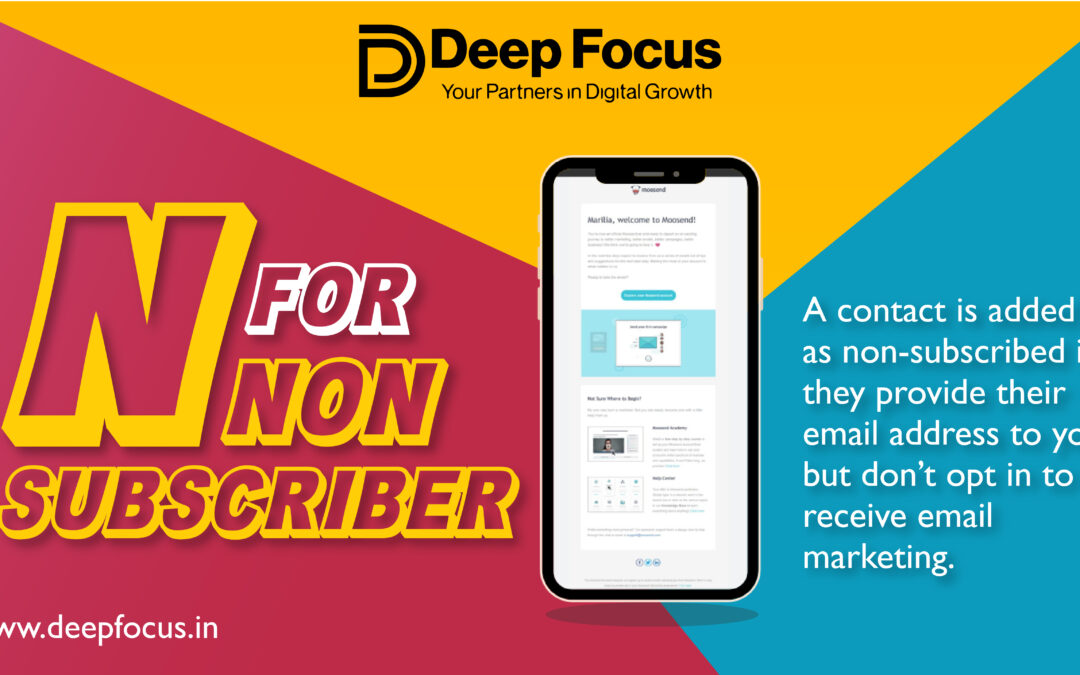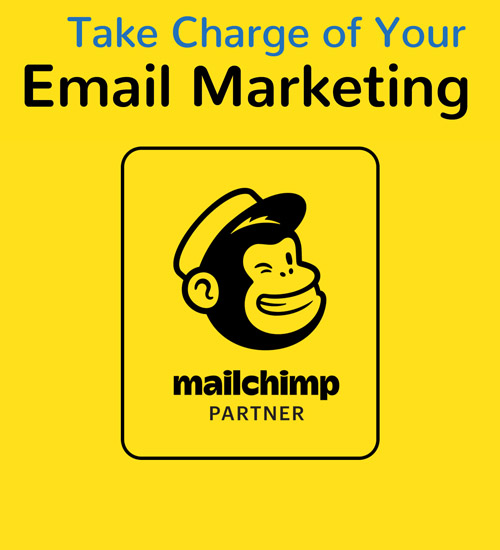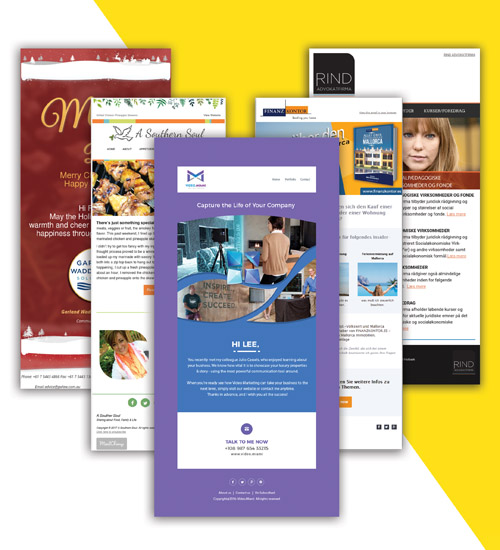A non-subscriber is someone who has shared their data such as email-address or phone number, and might have interacted with your brand but hasn’t subscribed to your email list. One might believe that it is futile to focus on those who have opted out of your email marketing campaigns but understanding the role of non-subscribers can be beneficial for one’s overall email marketing strategy. In this blog, we shall find out how.
1. Broaden Your Reach:
Non-subscribers provide an opportunity to increase your reach beyond your existing subscriber base. By analyzing the reasons why people choose not to subscribe, you can identify potential barriers and adjust your approach accordingly. Optimizing your sign-up procedure, offering more alluring incentives, or upgrading the relevance and value of your email content might be instrumental in expanding your reach.
2. Obtaining Valuable Insights:
Surprisingly, through your list of non-subscribers you can delve into the interests of your target audience. Studying their behavior and preferences provides a deeper understanding of what attracts or deters potential subscribers. Tailoring your content according to this information will ultimately shoot up your conversion rates.
3. Bringing them back:
As paradoxical as it sounds, non-subscribers establish the ground for re-engagement. Implementation of targeted re-engagement campaigns as a reminder of the benefits they are losing might push non-subscribers to reconsider subscription. The same can also be achieved by offering them access to exclusive content, limited-time promotions or personalized recommendations.
4. Building Brand Awareness:
Despite not being directly engaged with your email campaigns, non-subscribers can still contribute to building brand awareness. When they come across your emails through forwarded messages or social media shares, they become exposed to your brand and its offers, thereby increasing chances of brand recognition – something that can potentially convert them into subscribers in the future. After all, the best way to enter someone’s email inbox must be through their memory.
5. Know Whom to Target:
Analysis of non-subscribers makes refining your targeting process easier. After understanding who is not interested in your emails, you can utilize your resources to focus on those who are more likely to convert. This assists the content-honing and audience-division processes, making the customization of messages more individual-oriented and effective.
While non-subscribers might not be actively engaged with your email marketing campaigns, they still play a crucial role in shaping your overall strategy. By using the above-mentioned methods, you can leverage the power of non-subscribers to walk the path to email marketing success. Remember that your audience includes both subscribers and non-subscribers since the latter consists of potential subscribers. Learning how to influence both the sets of people is how you can create impactful email campaigns. Therefore, embrace the opportunity to learn from non-subscribers and use their insights to upgrade your email marketing strategy.





